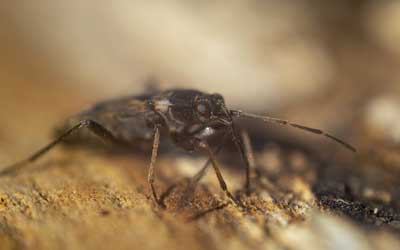 The elm seed bug is one of the latest invasive bugs on American soil. Coming from central and southern Europe, it is suspected that the bugs snuck their way into packages that were shipped internationally. Although they are foreign visitors, they are closely related to the boxelder bugs that we are all familiar with here in Northern Utah, and just like boxelder bugs, elm seed bugs let off an unpleasant odor. If you’ve been dealing with an influx of little brown bugs in your home this summer, they might be elm seed bugs. Rentokil has the scoop on what they are and what they’re doing in your house!
The elm seed bug is one of the latest invasive bugs on American soil. Coming from central and southern Europe, it is suspected that the bugs snuck their way into packages that were shipped internationally. Although they are foreign visitors, they are closely related to the boxelder bugs that we are all familiar with here in Northern Utah, and just like boxelder bugs, elm seed bugs let off an unpleasant odor. If you’ve been dealing with an influx of little brown bugs in your home this summer, they might be elm seed bugs. Rentokil has the scoop on what they are and what they’re doing in your house!
All About Elm Seed Bugs
Elm seed bugs get their name the same way that boxelder bugs do. They come out of hibernation in the spring to feast on elm trees until the temperatures drop again. During the summer, elm seed bugs are out and about in growing numbers. You can identify them by these features:
- They are just a bit smaller on average than boxelder bugs, usually between 1/4” and 1/2” in length.
- Their colors are more muted than boxelder bugs’, with a mixture of brown, maroon, and white.
- Their backs and legs are lined with patterns of shapes and stripes, like the boxelder bug.
During the hottest temperatures of the summer, elm seed bugs swarm to find cooler places to rest, often seeking refuge in man-made structures.
How to Get Rid of Elm Bugs
It might seem like the right call to get rid of or trim down elm trees on your property, but when elm seed bugs swarm in the summer, they will spread out far away from their food source. This means that if someone in your neighborhood has an elm tree, everyone around could be subject to elm beetle problems in the house.
If you want to take steps to prevent an elm seed bug problem, you can do the following:
- Seal any openings, cracks, or crevices around your property.
- Place screens on doors and windows or repair torn screens that you already have.
- Clear out your yard to remove any piles of excess lawn debris.
- Keep your trees and bushes neatly trimmed to avoid elm seed bug resting spots.
Professional Elm Seed Bug Control in Northern Utah
Once they’ve already entered your home, elm seed bugs can be tricky to eradicate and unpleasant to have around. To ensure that your property stays free of elm seed bugs all year, reach out to your local pest control company. Our technicians at Rentokil can apply outdoor lawn treatments to your yard and family-safe indoor pest control products to your living spaces seeing elm seed bug activity. For a free quote or more information on our services, contact us today!

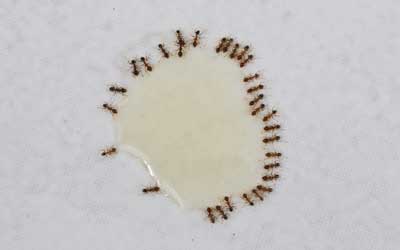 Ants are one of the most relentless pests in Northern Utah. Even if you think you’ve exhausted your available measures of ant control, they can still sneak their way into your home through tiny gaps that you’ve never noticed before.
Ants are one of the most relentless pests in Northern Utah. Even if you think you’ve exhausted your available measures of ant control, they can still sneak their way into your home through tiny gaps that you’ve never noticed before.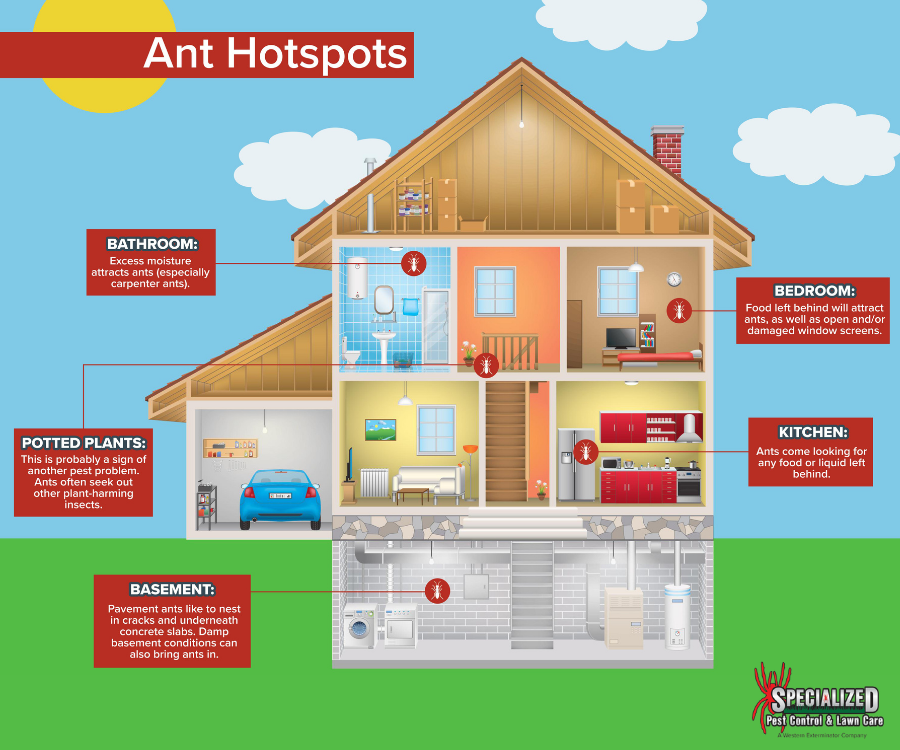
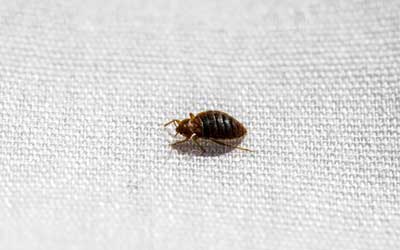 Many people are shocked to find out that they have a
Many people are shocked to find out that they have a 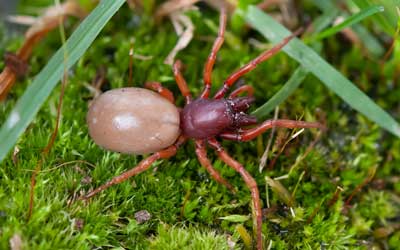 If you think you’ve found a brown recluse in your house, you might actually be dealing with a woodlouse spider. The woodlouse spider is named after the woodlouse, which is its usual prey. Woodlice are also known as roly-polies, pill bugs, or sow bugs.
If you think you’ve found a brown recluse in your house, you might actually be dealing with a woodlouse spider. The woodlouse spider is named after the woodlouse, which is its usual prey. Woodlice are also known as roly-polies, pill bugs, or sow bugs.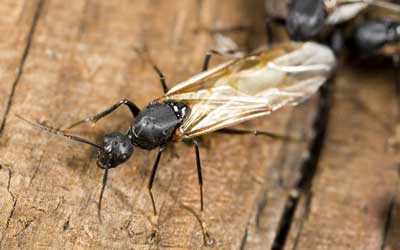 Carpenter ants can easily be confused with termites or other kinds of
Carpenter ants can easily be confused with termites or other kinds of 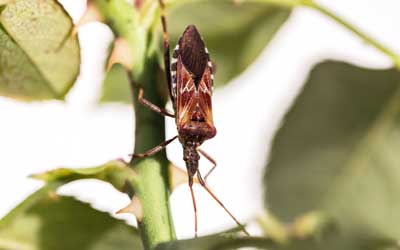 We’ve talked to so many homeowners that have put weeks of hard work into improving their yards, only to have them overrun with pests come summertime. With the benefits of spring rain and the promise of summer warmth, all kinds of pests will soon become active in our yards. Fortunately for you, our team of
We’ve talked to so many homeowners that have put weeks of hard work into improving their yards, only to have them overrun with pests come summertime. With the benefits of spring rain and the promise of summer warmth, all kinds of pests will soon become active in our yards. Fortunately for you, our team of 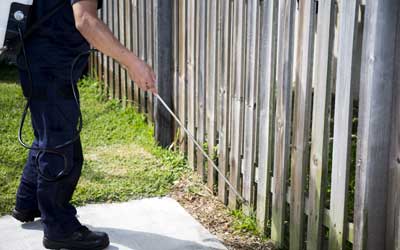 When it comes to pest control, you want to work with the best in the business. In general, there are several factors to consider when choosing a pest control company. Transparency, safety, and a good reputation are just three of the many traits of a trustworthy exterminator. At Rentokil, we know that you have the safety of your home and family at the top of your priority list. To ensure you are choosing the right exterminator for you, we are sharing the top questions to always ask of your exterminator. Read on to learn more.
When it comes to pest control, you want to work with the best in the business. In general, there are several factors to consider when choosing a pest control company. Transparency, safety, and a good reputation are just three of the many traits of a trustworthy exterminator. At Rentokil, we know that you have the safety of your home and family at the top of your priority list. To ensure you are choosing the right exterminator for you, we are sharing the top questions to always ask of your exterminator. Read on to learn more.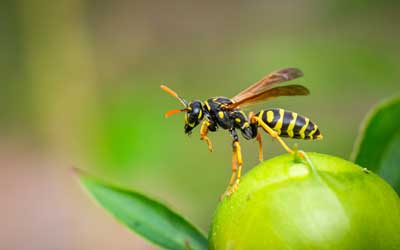 As the weather warms up, people are starting to spend more and more time outside. As the world around us seems to come back to life, so do the throngs of pests that have been laying low all winter. All sorts of pests live around Northern UT and Southern ID, so it’s important to learn how to keep your home protected from all of them.
As the weather warms up, people are starting to spend more and more time outside. As the world around us seems to come back to life, so do the throngs of pests that have been laying low all winter. All sorts of pests live around Northern UT and Southern ID, so it’s important to learn how to keep your home protected from all of them. 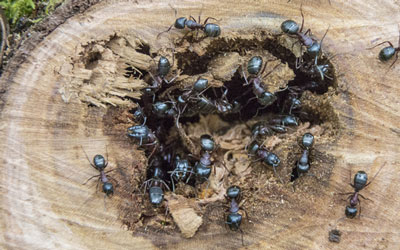 Springtime beckons the return of many pest problems. In our region, ants are one of the most troublesome springtime pests! We all are accustomed to dealing with the occasional house ant problem, but carpenter ants are one pest problem you don’t want to deal with. True to their name, carpenter ants nest in wood and can cause a bit of damage by excavating cavities in wood around your property. Often confused for termites, carpenter ants are a dangerous ant species that need to be prevented. The experts at Rentokil are here to share all you need to know about carpenter ants in the spring.
Springtime beckons the return of many pest problems. In our region, ants are one of the most troublesome springtime pests! We all are accustomed to dealing with the occasional house ant problem, but carpenter ants are one pest problem you don’t want to deal with. True to their name, carpenter ants nest in wood and can cause a bit of damage by excavating cavities in wood around your property. Often confused for termites, carpenter ants are a dangerous ant species that need to be prevented. The experts at Rentokil are here to share all you need to know about carpenter ants in the spring.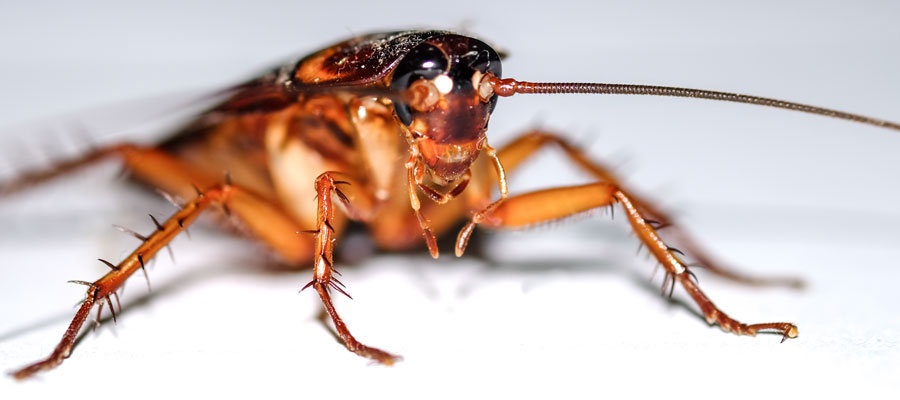 On Earth, there are more than 4,500 cockroach species. Of these, only about 30 of them that are considered pests to people, and four of them are common to Utah’s borders. They include the German, American, Oriental, and brown-banded cockroach, all of which can be a nuisance to deal with in your home. Roaches are frequently found in homes, businesses, trash heaps, sewers, and nearly anywhere else they want to be. It’s important to always be on the lookout for signs of cockroaches in your house—seeing even one is often an indicator of many more nearby. The experts at Rentokil are here to share all you need to know about roaches in Utah and beyond.
On Earth, there are more than 4,500 cockroach species. Of these, only about 30 of them that are considered pests to people, and four of them are common to Utah’s borders. They include the German, American, Oriental, and brown-banded cockroach, all of which can be a nuisance to deal with in your home. Roaches are frequently found in homes, businesses, trash heaps, sewers, and nearly anywhere else they want to be. It’s important to always be on the lookout for signs of cockroaches in your house—seeing even one is often an indicator of many more nearby. The experts at Rentokil are here to share all you need to know about roaches in Utah and beyond.